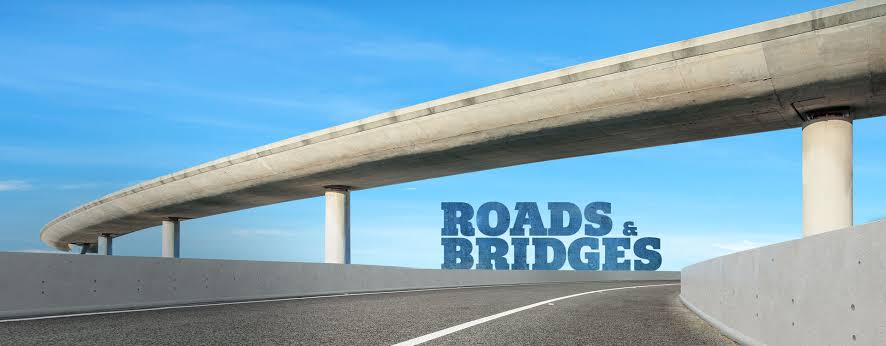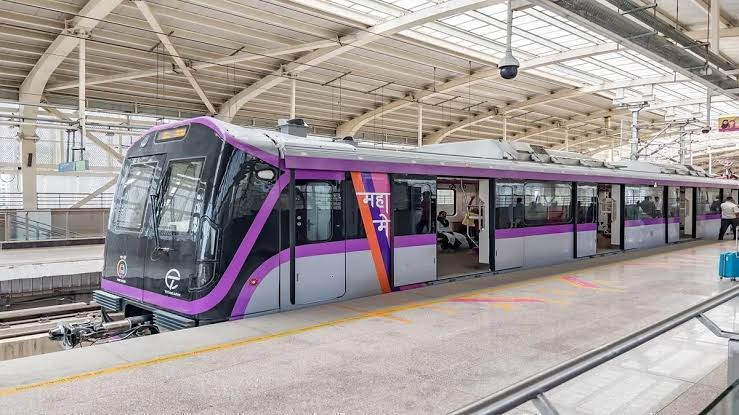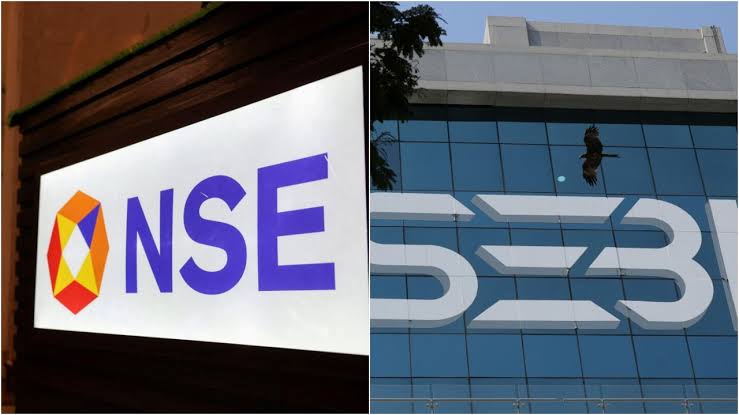 Image Source: Fuji Silvertech
Image Source: Fuji Silvertech
The Ministry of Road Transport and Highways has just made a big change in how national highways are built: from now on, all new projects above ₹300 crore will need to use precast concrete elements for non-critical structures. Here’s what this means and why it matters:
What’s changing? For things like box culverts, stormwater drains, footpaths, boundary walls, crash barriers, and kerbs—basically, parts of the highway that aren’t the main road itself—builders will now have to use precast concrete. These can be made in factories or cast at the construction site.
Why precast? Precast concrete pieces are made ahead of time, so they’re ready to go when construction starts. This speeds up the building process, keeps quality more consistent, and means less dust and noise at the site. That’s especially helpful in cities, where delays and pollution are a big headache.
When does it start? The rule kicks in for all new projects where bids are submitted 90 days after the ministry’s circular (issued June 24, 2025).
Quality and standards: Factory-made precast elements will need to meet strict quality checks, while those made on-site will follow set guidelines. Everything must align with Indian Roads Congress or BIS standards, or international ones if Indian standards aren’t ready yet.
Who benefits? The move could be a boost for small manufacturers, since more factories will be needed to supply these precast parts. It’s also a push for more innovation and sustainable construction methods in the industry.
Looking ahead: The ministry says it may require even more precast use in the future—possibly up to 75-80% of non-critical highway components.
In short, this new rule is about building highways faster, cleaner, and with better quality—good news for commuters and the construction industry alike.
Source: Economic Times Infra, New Indian Express, Surfaces Reporter, NBMCW, Markets and Data
Advertisement
Advertisement





